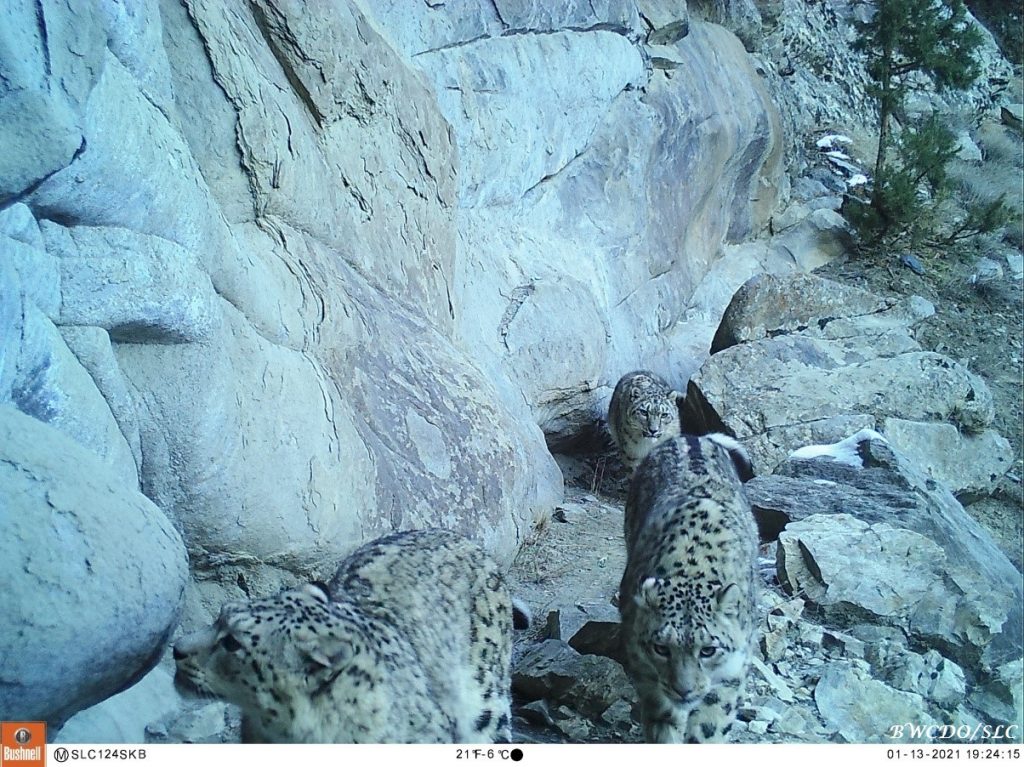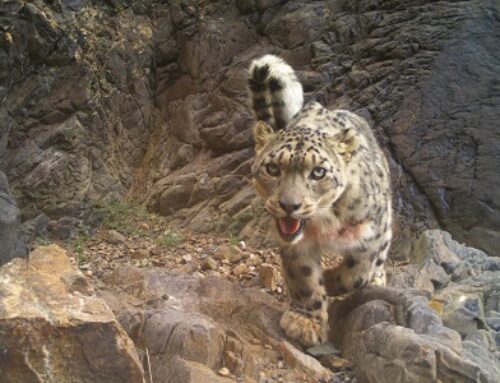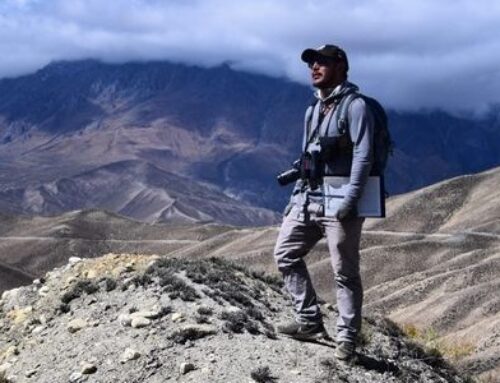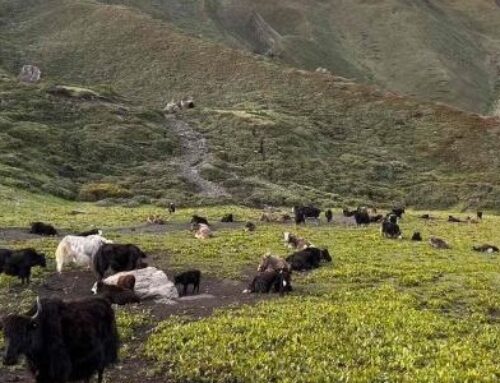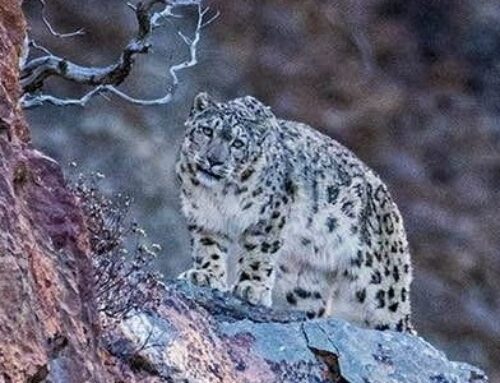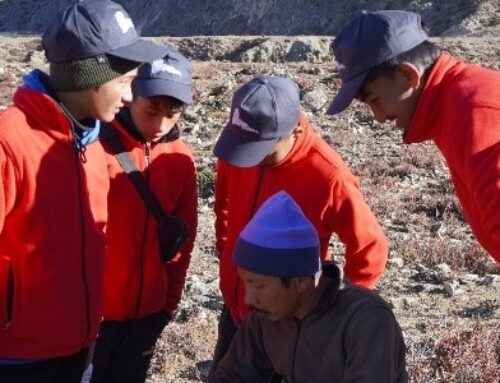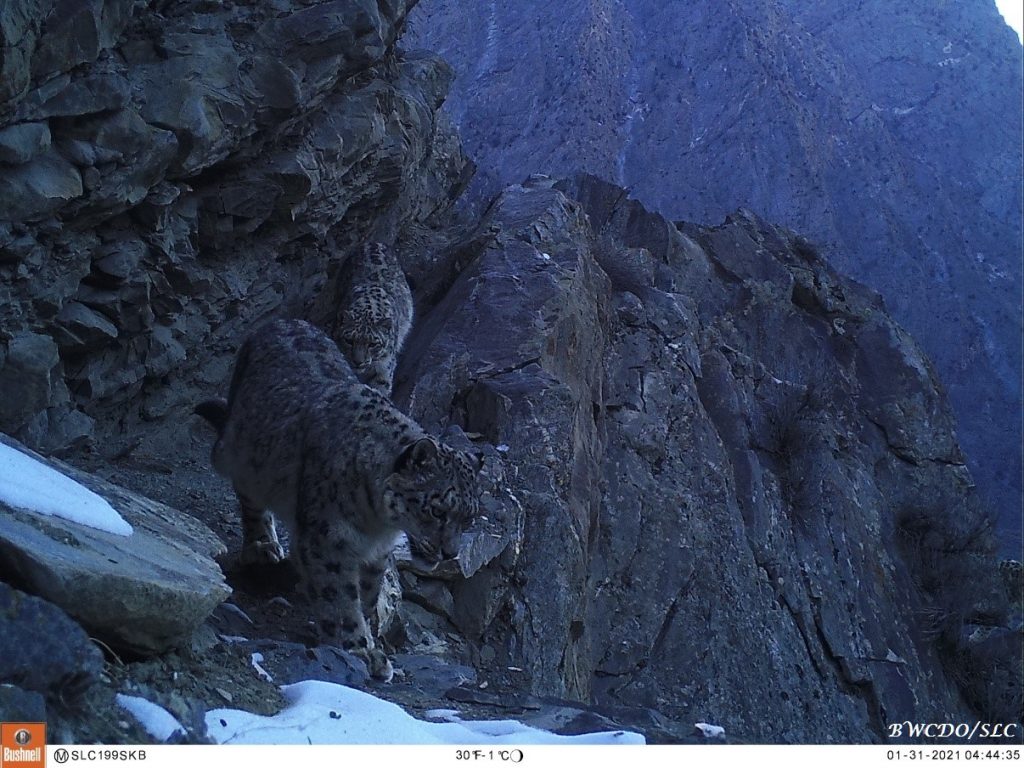
The Baltistan Wildlife Conservation & Development Organization (BWCDO) works with local communities in the Baltistan region of Pakistan. Their philosophy is that sustainable and continuous conservation can only be achieved by motivating local community members to become stewards of the landscape.
BWCDO has found that the most successful way to do this is by engaging with the children who are not only fascinated by the wildlife present in their areas but are also very enthusiastic to take ownership of their habitats. So, through conservation education, both in the classroom setting and in the field, and through participatory events such as Snow Leopard Day festivals, children are informed and inspired. They, in turn, share what they have learned with their parents and other adult members of their community.
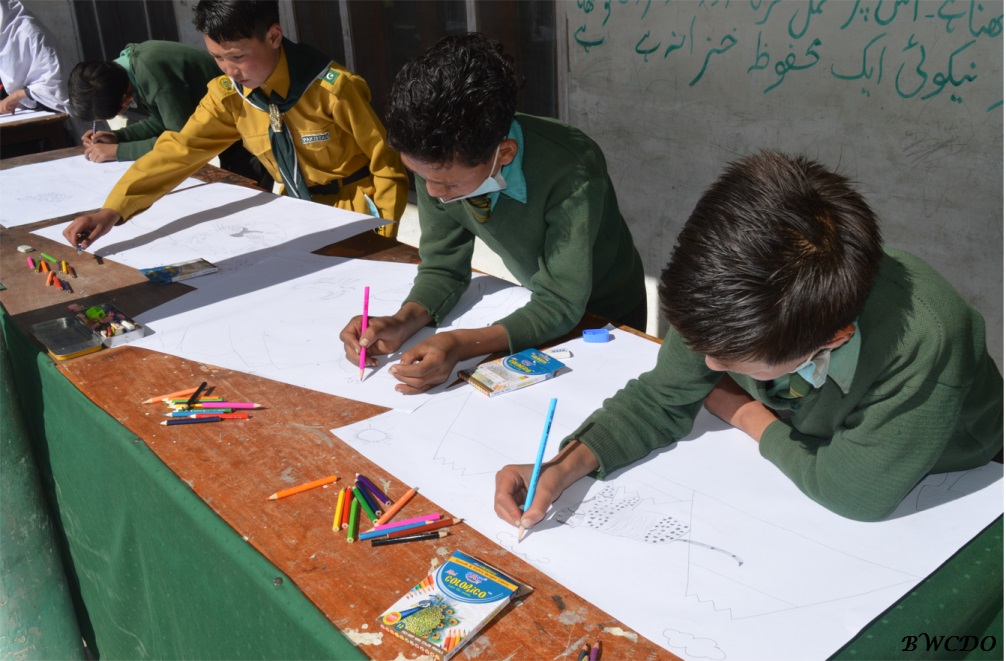
Students of Baltistan participating in Snow Leopard Day festivities
Corrals
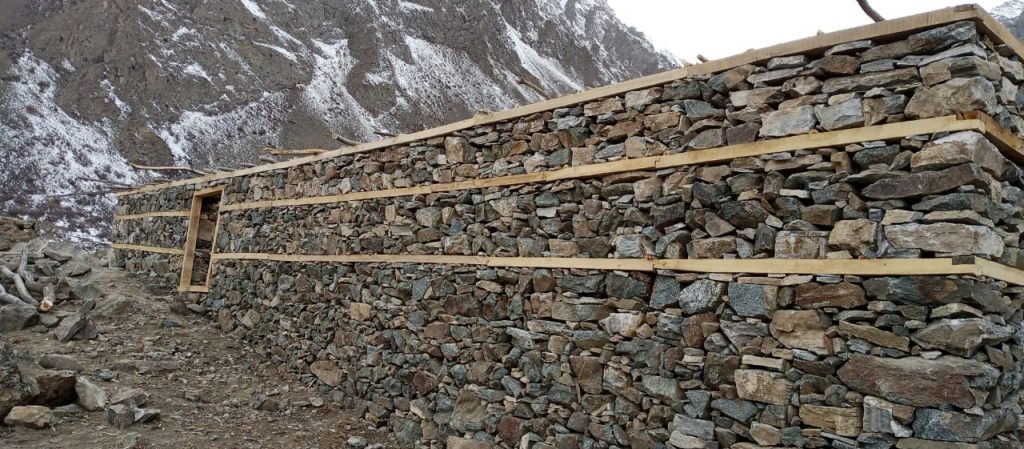
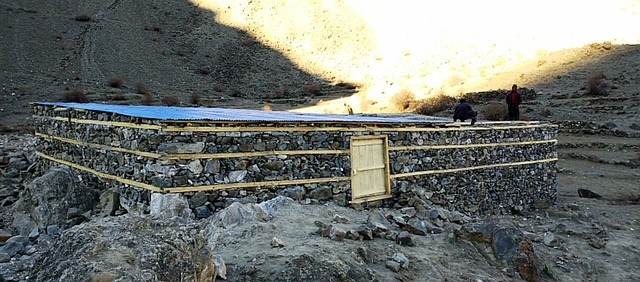
Predator-proofed corrals
In addition to conservation education, the BWCDO has been working in a variety of other ways to protect snow leopards. One of these is through direct mitigation of the conflict between predators and people.
In 2021, nine new predator-proof corrals were constructed across the region. Two of these corrals were provided by the Snow Leopard Conservancy through the Adelman Grant, which also provides funding for a livestock insurance program.
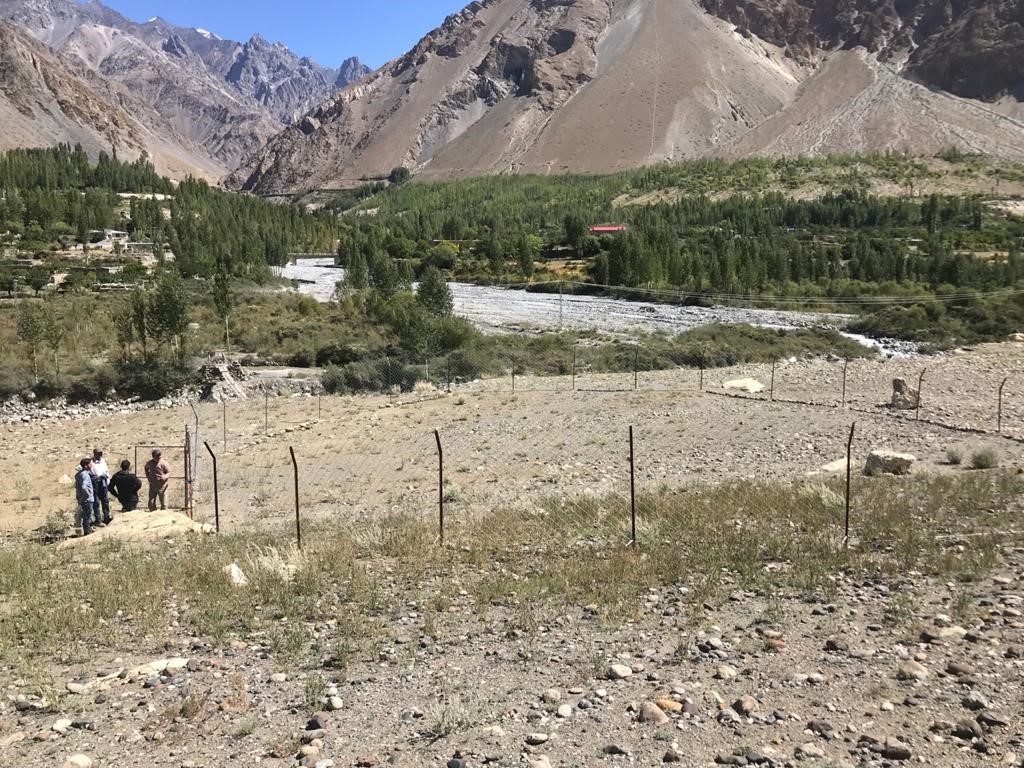
Corral using solar-powered electric fencing
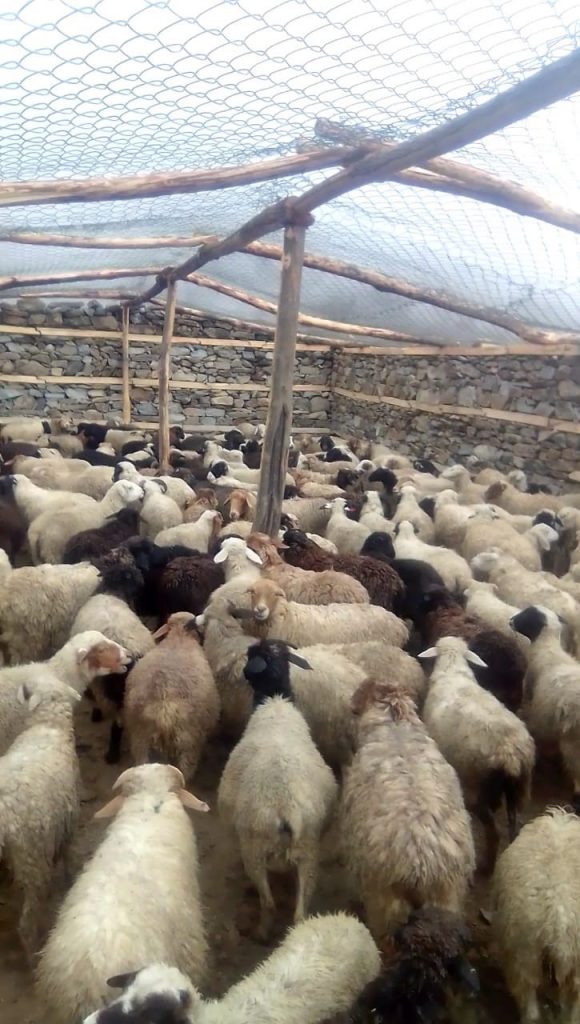
Predator-proofed corral
Awareness Initiatives
Through the use of social media, the BWCDO has been promoting awareness of the snow leopard while at the same time highlighting the challenges and efforts of the local people who are working very hard to protect wildlife and their habitats. Its incorporation has also brought them into contact with the global conservation community, which is beginning to open new doors for collaboration and research.
Observation, Research, and Population Assessment
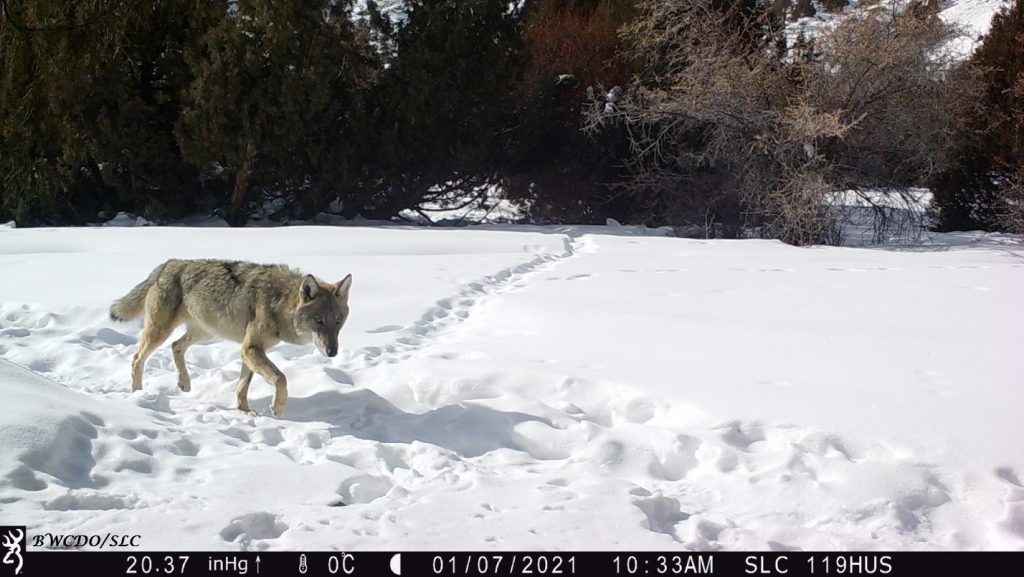
The BWCDO team started installing camera traps during the month of November with the help of some locals who have been trained in the installation and handling of cameras. So far, 21 have been installed, and a number of those sites have already been visited!
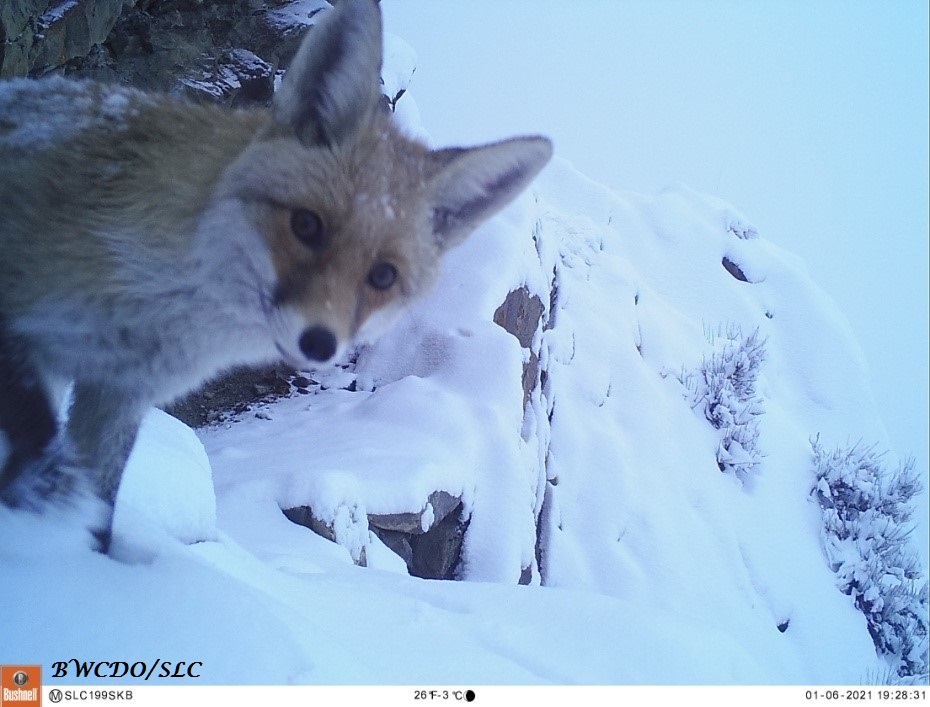
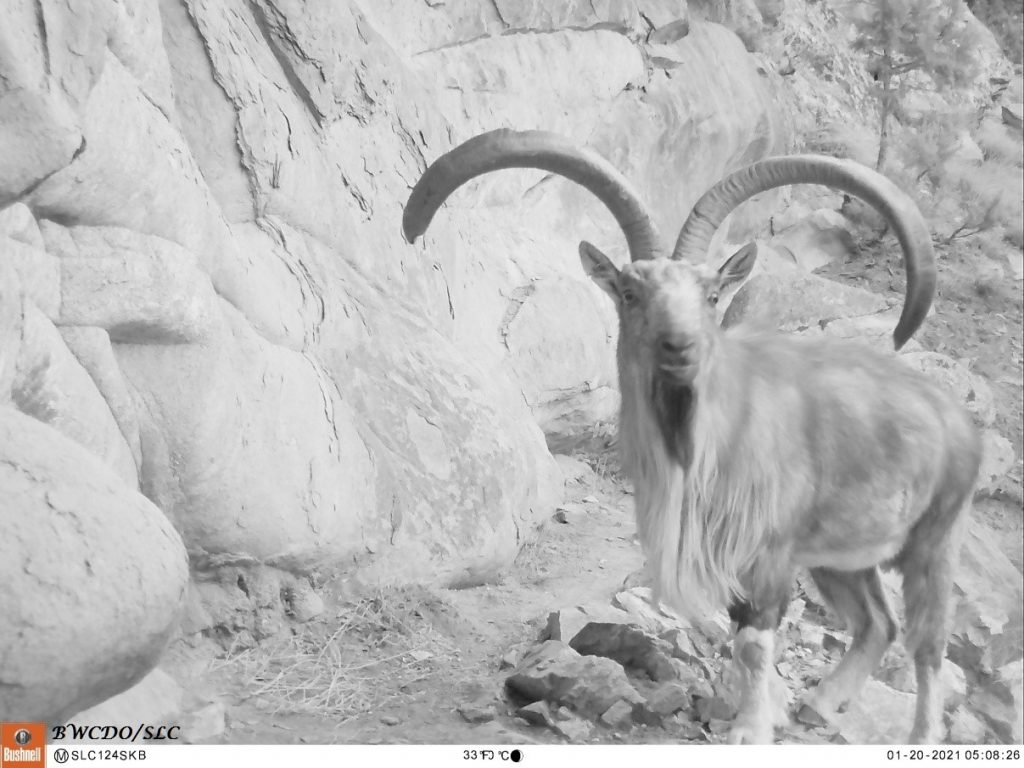
Eventually, 27 camera traps will be used to monitor snow leopards and other wildlife populations and their movement. Scat is also collected at the camera trap locations for genetic analysis.
